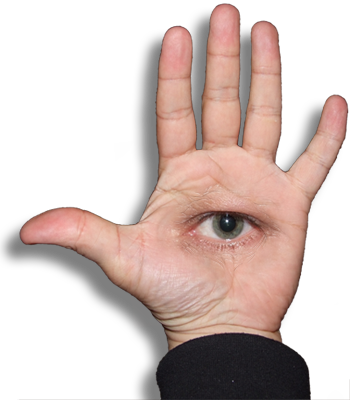I've made book-cloth before using fusible web to back the cloth with paper. This is a different method.
The cloth is a light cotton fabric that I found in a rack of swatches at Spotlight — probably intended for quilting or something. They're 600 x 450 mm, sufficient to cover a couple of A5-ish books, or one A4-ish.
I lay it out flat on a polypropylene sheet, and then use a spatula to drive a 50/50 mix of acrylic medium and 4% methyl cellulose paste through the weave, right across the whole surface of the piece.
Then I turn the fabric over, smooth it out again on the polyprop sheet, and with a wide, flat brush I brush more of the paste/medium mix across the whole surface. You can see the brush marks reflecting in this photo.
The paste mix glues it to the backing sheet, but it won't stick to the polypropylene and can be peeled away after it's dried.
When it has dried thoroughly, I'll peel it off the poly backing sheet, roll it up loosely, and put it away ready for later use. The paste mix forms an impermeable barrier so the cloth can be glued to boards without the glue striking through the weave of the fabric. It also provides a measure of protection for the cloth from dirt and grease, and makes it easier to clean.
This process can alter the tone of the colours of the printed cloth, usually darkening them somewhat. That's something to be aware of, and if it is crucial that the colours be maintained, it would probably be better to use the fusible web and paper method.



















































